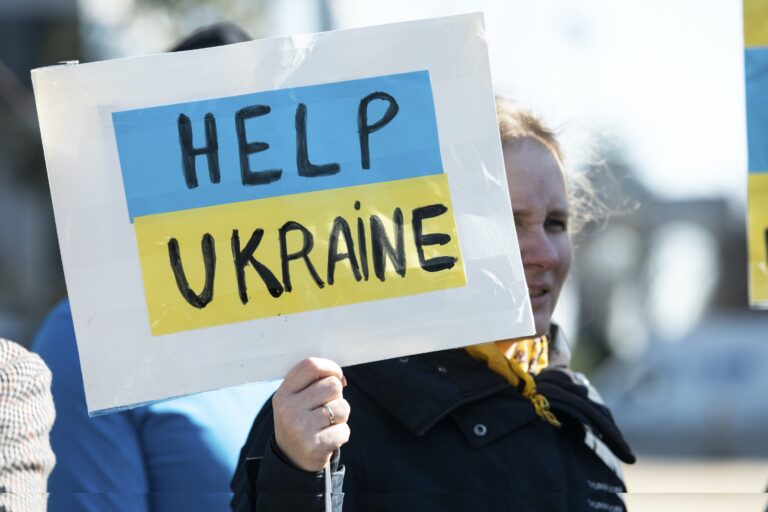
When neighbours become friends – Visiting schools in Moldova as a Young European Ambassador from the EU
Not long after my appointment as a Young European Ambassador, I was selected and was offered the chance to participate in a mission to Moldova to visit local schools and speak to local students and young people about the EU. I was really eager to attend, as I visited Moldova as a tourist several times but unfortunately never really had the chance to interact with the locals.
So together with my fellow Young European Ambassador from Romania, Ștefania-Felicia Pavel, I was fortunate enough to accompany the Moldovan YEAs for the first week of their two-week information campaign of visiting schools all across the country to educate and promote the EU and its partnership with Moldova. From 22-28 September, I spent seven wonderful days in the Republic of Moldova, visiting five different schools scattered throughout the country during this time.
Each visit started with a little introduction in which everyone spoke and introduced themselves in Romanian. People stared at me in amazement when I started speaking in English because I was the only one in our team who was not able to speak Romanian. Following our introduction, we wanted to warm the crowd up and get the conversation going by posing two central questions: a) “Who of you has ever left the Republic of Moldova?”, and b) “Who among you, if you have left Moldova, has ever visited a country of the European Union?” The responses of the youth were perplexing to me. Although I had anticipated the number to be far lower, the majority of the young people had already visited at least one member state of the European Union.
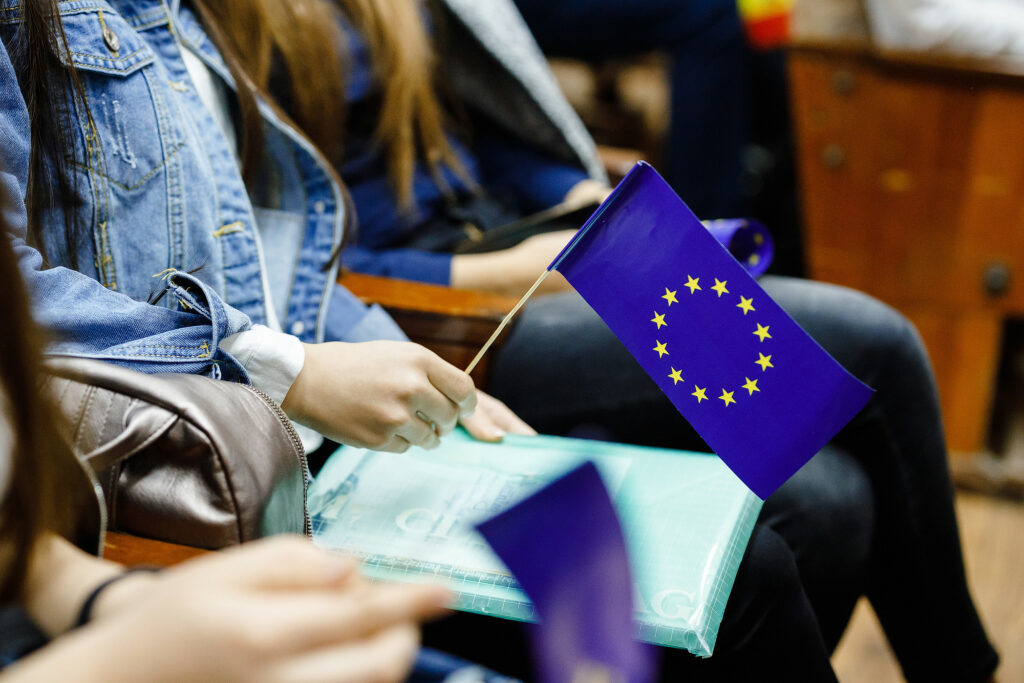 European Union, 2019
European Union, 2019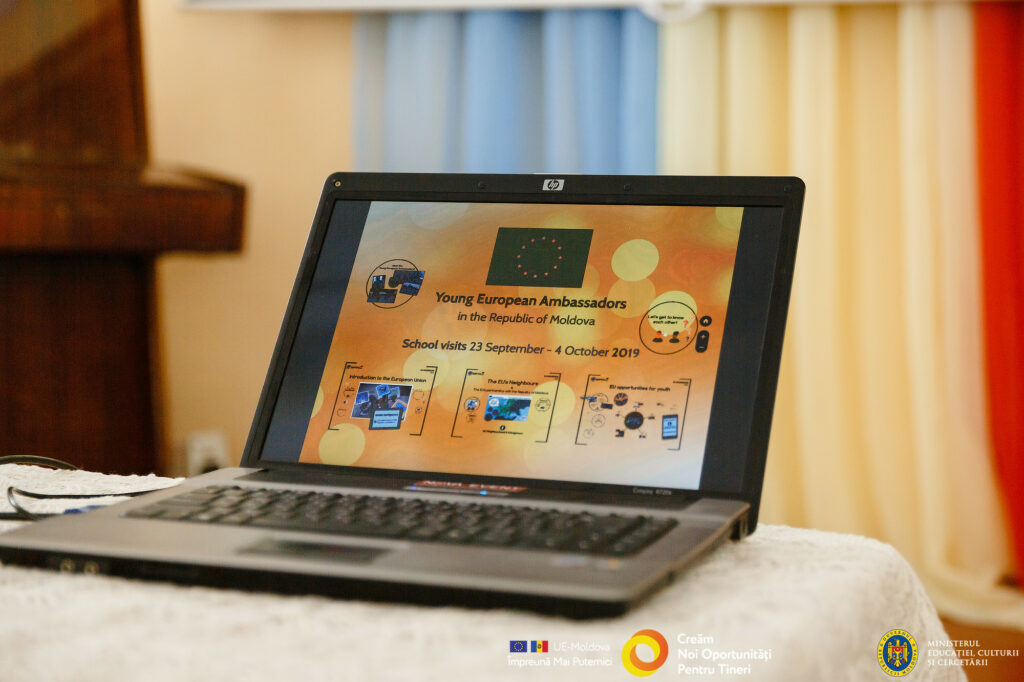 European Union, 2019
European Union, 2019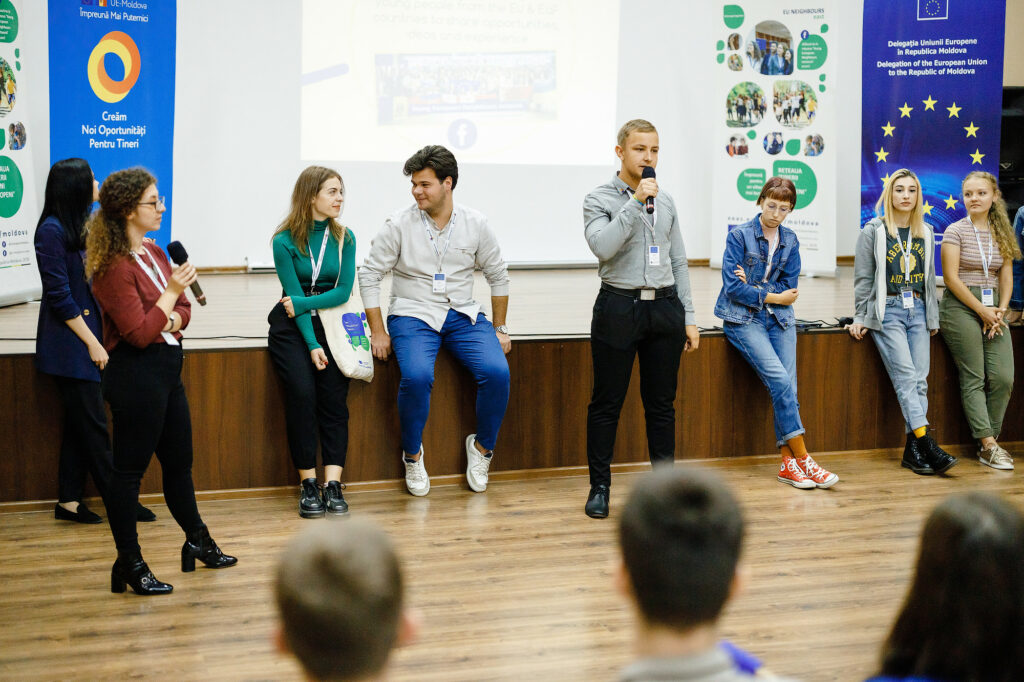 European Union, 2019
European Union, 2019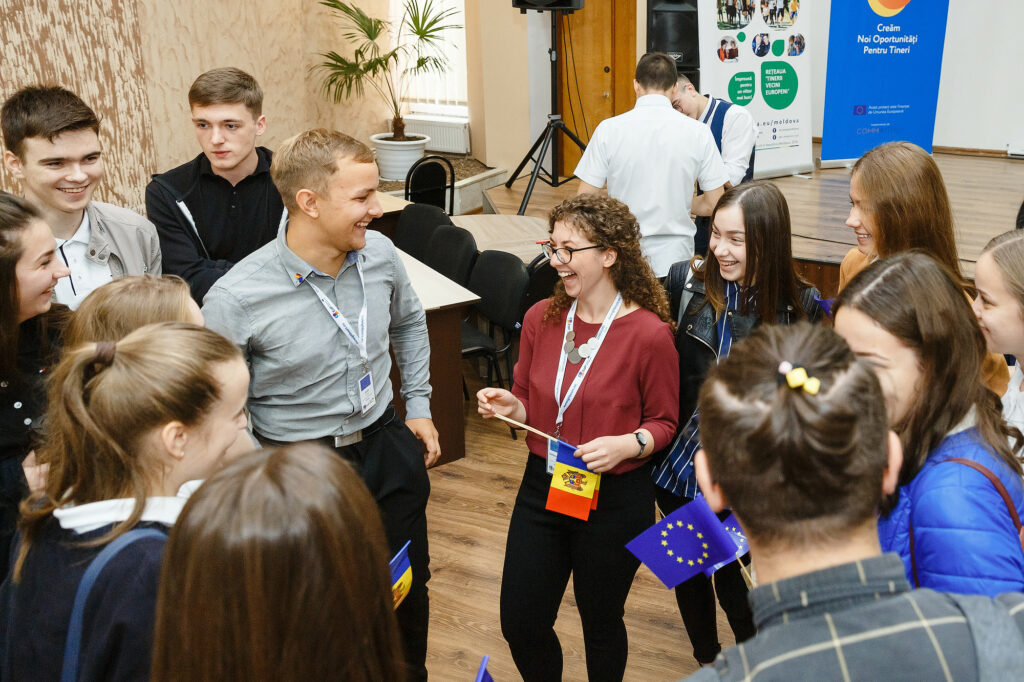 European Union, 2019
European Union, 2019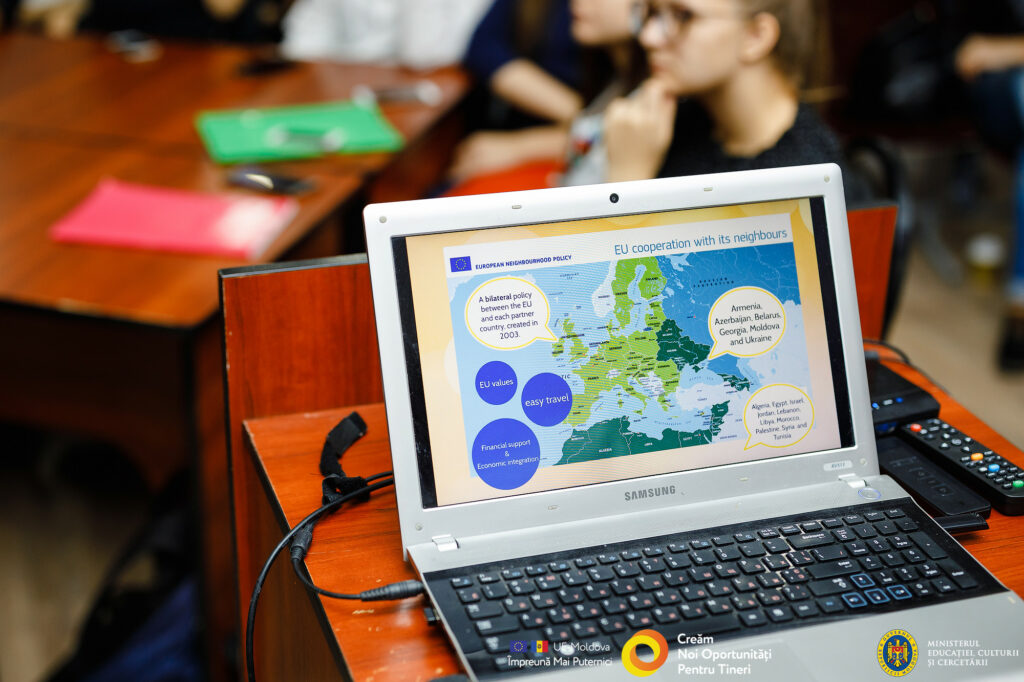 European Union, 2019
European Union, 2019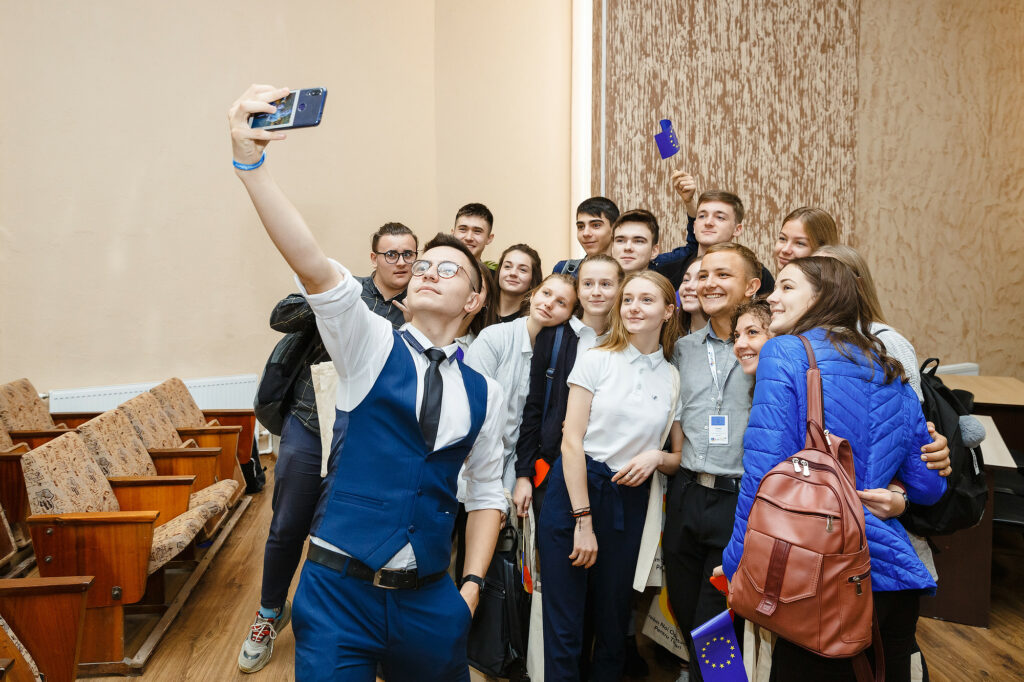 European Union, 2019
European Union, 2019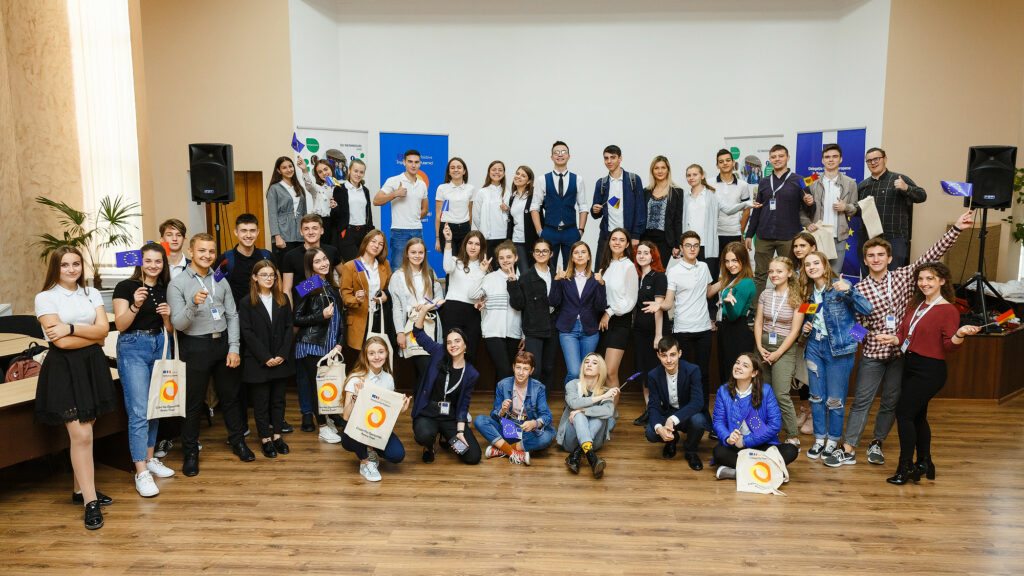 European Union, 2019
European Union, 2019 European Union, 2019
European Union, 2019
Following our warm-up sessions, we held a general presentation addressing the European Union, its institutions and how it functions, touching upon the EU Neighborhood Policy and the Eastern Partnership within to explain the history of the EU’s partnership with Moldova and why this is such an important partnership for the young people of Moldova.
In explaining the Eastern Partnership, we introduced the ‘Young European Ambassadors’ initiative and the ‘Young European Neighbours’ network as two real examples of how the Eastern Partnership can benefit the youth of the region and how we achieve engagement and increase awareness all over Europe.
The first two days of our trip, I was the only one in the team to deliver the presentation in English, which was then interpreted in Romanian by one of the Moldovan YEAs. By doing so, however, I was not able to establish as good of a connection with the students as the other Romanian-speaking YEAs did, which made me a little unhappy and left me feeling uncomfortable. This was about to change.
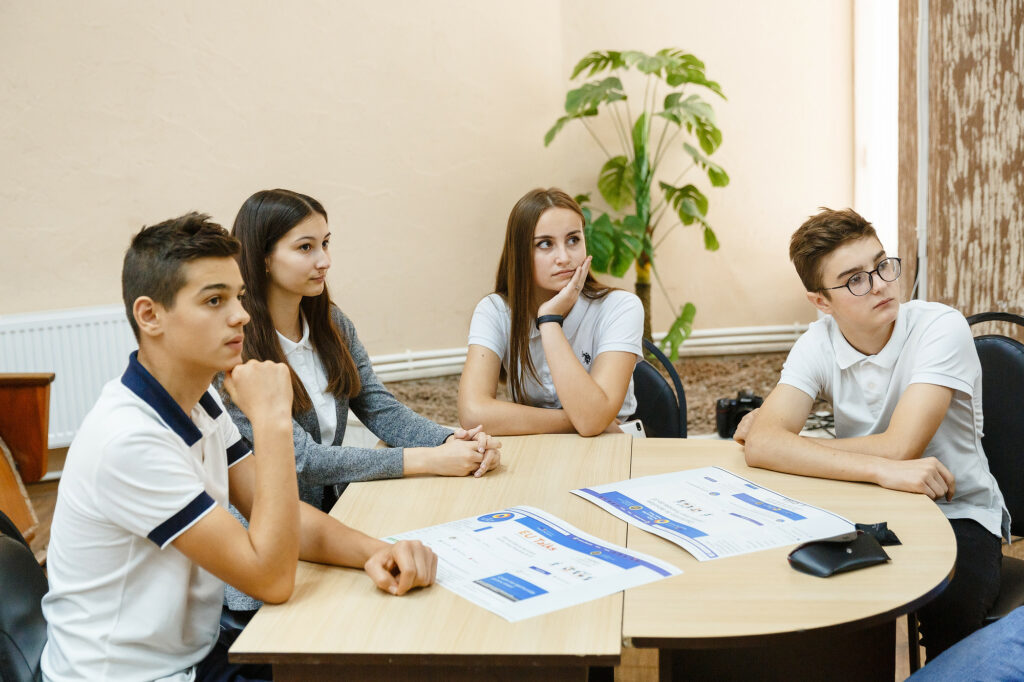 European Union, 2019
European Union, 2019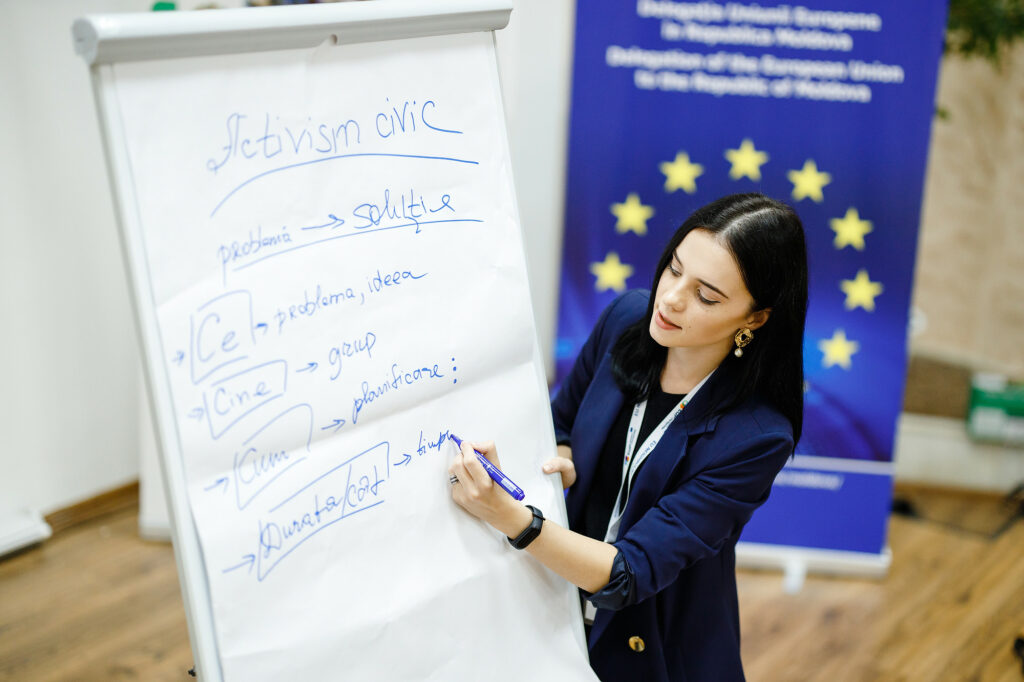 European Union, 2019
European Union, 2019 European Union, 2019
European Union, 2019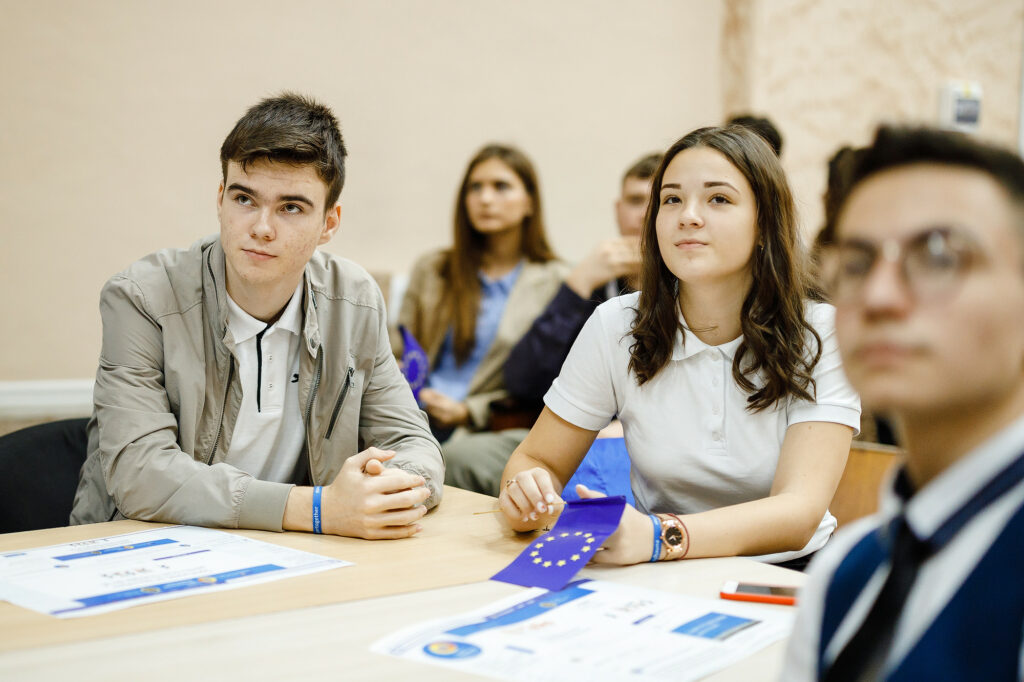 European Union, 2019
European Union, 2019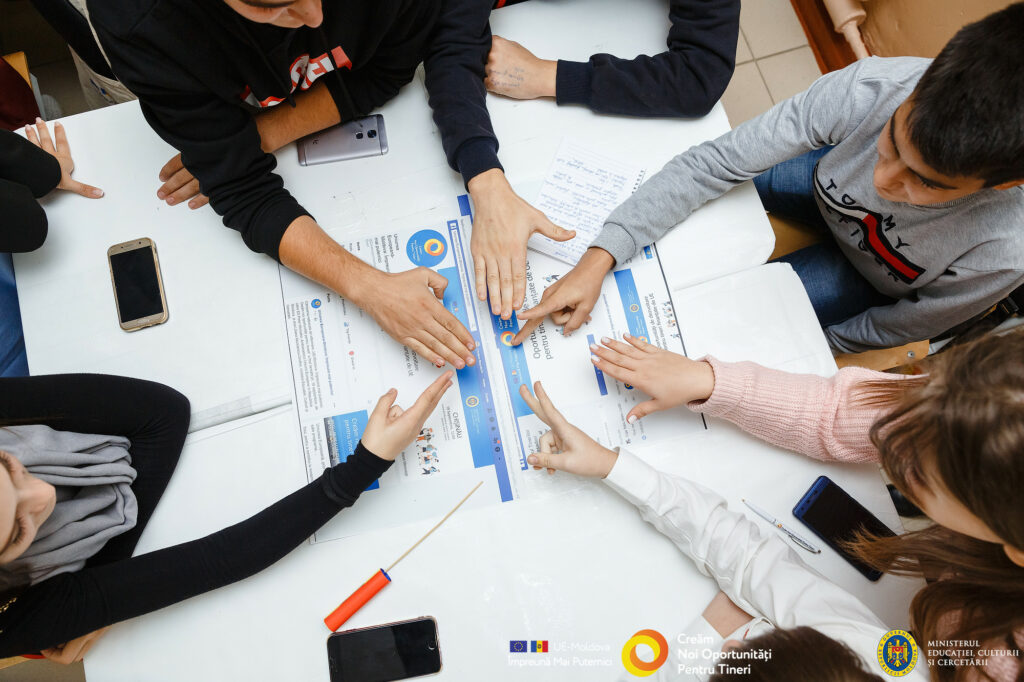 European Union, 2019
European Union, 2019 European Union, 2019
European Union, 2019
The third day of our journey took us to Vulcănești, in Găgăuzia, an autonomous part of the Republic of Moldova. Due to the fact that this region is predominantly Russian-speaking, I introduced myself at the beginning of the presentation, as usual, was met with the anticipated astonishment by our audience.
Yet this time, I casually mentioned that I also spoke Russian and could consequently present my part in Russian. The students nodded enthusiastically. That I could go on to speak in Russian had two advantages: a) Firstly, I was now better able to build connections with the students I was speaking to, and b) secondly, I felt much more confident linguistically speaking and presenting my parts in Russian. I was fortunate with my language abilities for this mission – I previously spent one year in the South Ukrainian city of Odesa through a programme of the German Ministry of Economic Cooperation and Development and thus have far more practice speaking Russian than I do speaking English language. What I initially sensed as a personal drawback quickly turned into a personal advantage.
Following our presentation, we organized the audience into groups to conduct a more in-depth workshop session. During this second part, students were supposed to consider what they would like to improve in their own community in, for example, the areas of youth, environmental protection, human rights. Some of their ideas included language clubs, youth centres, neighbourhood initiatives and community garbage gathering. There was no limit to the wealth of their ideas and so simple classrooms turned into think tanks in a way as I had never experienced before. The enthusiasm and motivation of the young people deeply impressed me and spilled over to me.
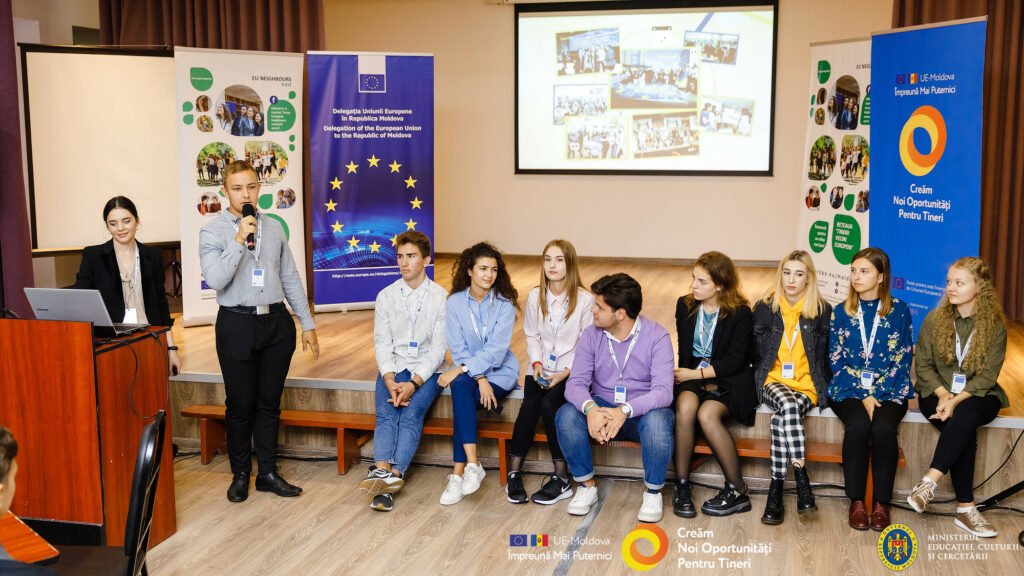 European Union, 2019
European Union, 2019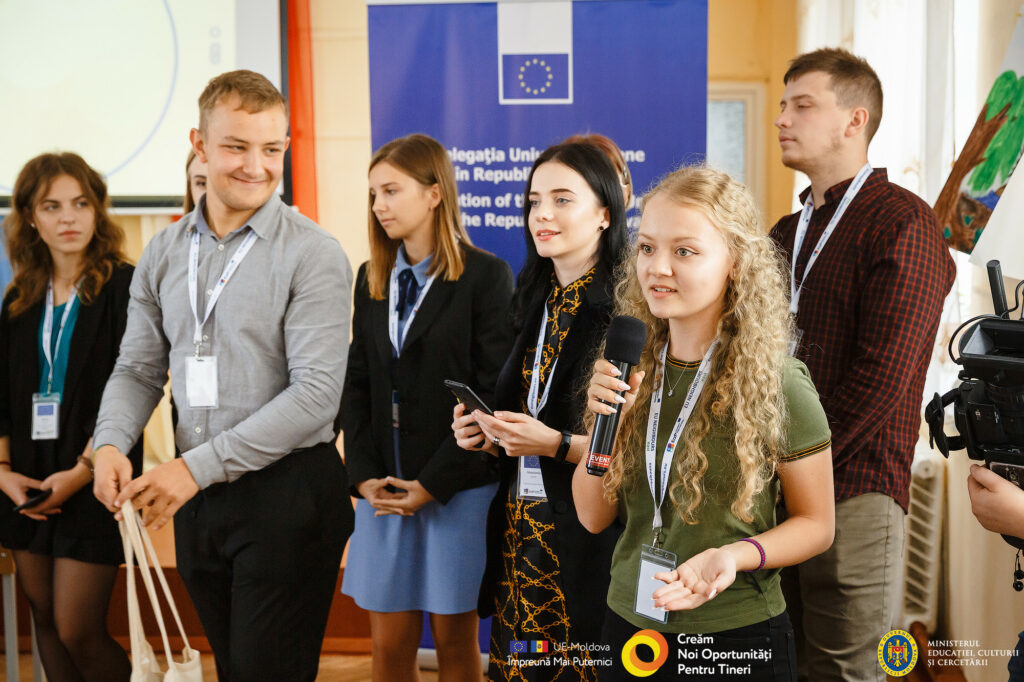 European Union, 2019
European Union, 2019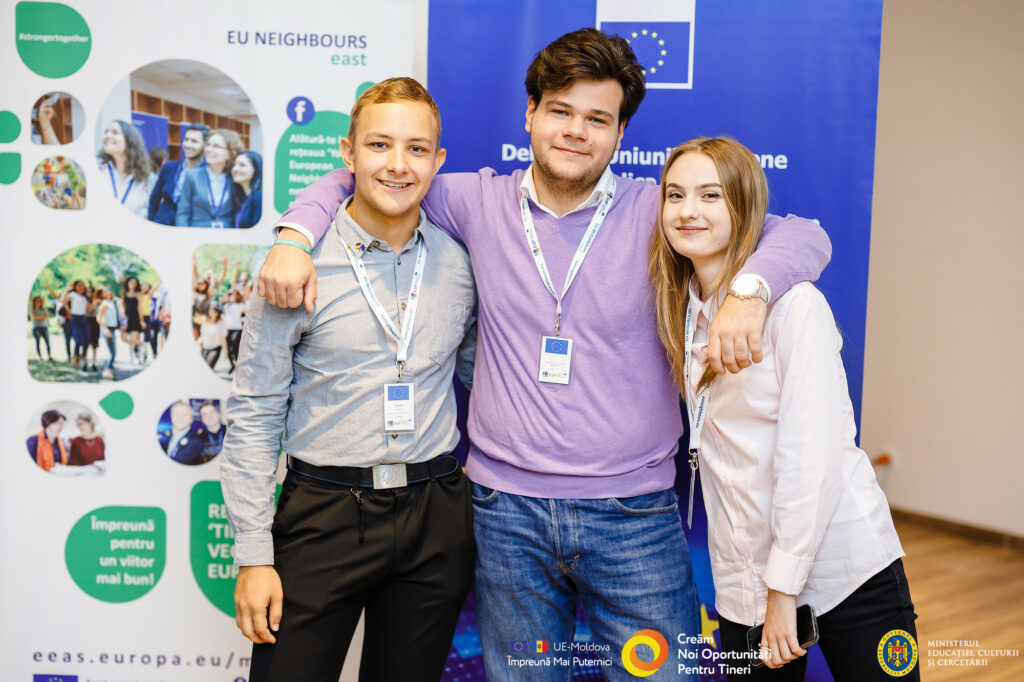 European Union, 2019
European Union, 2019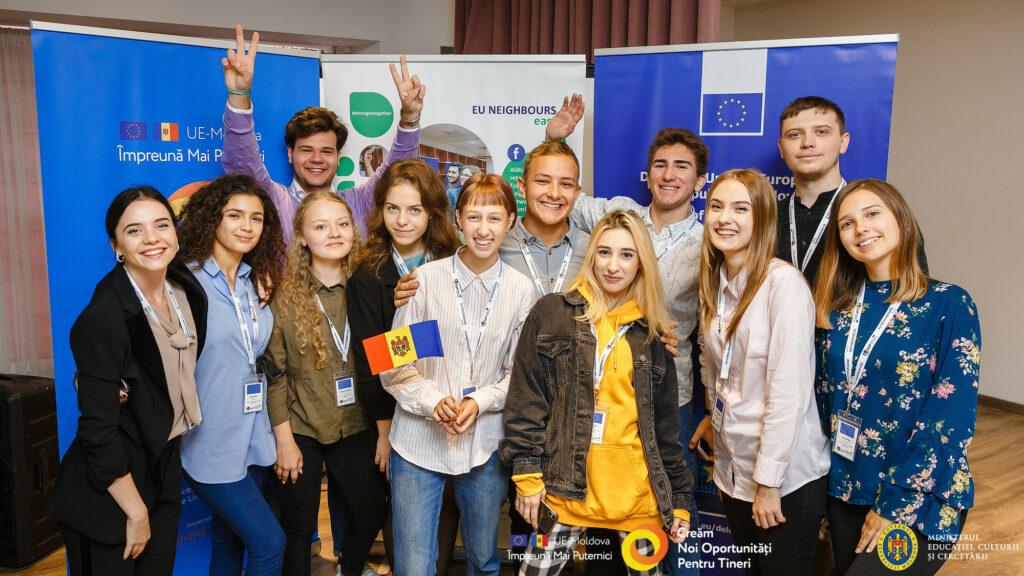 European Union, 2019
European Union, 2019 European Union, 2019
European Union, 2019 European Union, 2019
European Union, 2019
All in all, this was a very educational week for both sides. The students – and I think I speak on behalf of the Delegation – learned a lot from their peers.
Personally, I learned a lot about Moldova where knowledge about culture, food, and language is plentiful. Ultimately, the most important thing I learned was that there is far more that unites than divides us – because we are #strongertogether.
All there is left to say is… La revedere, Moldova! I hope to see you again soon!
More campaign pages:
Interested in the latest news and opportunities?
This website is managed by the EU-funded Regional Communication Programme for the Eastern Neighbourhood ('EU NEIGHBOURS east’), which complements and supports the communication of the Delegations of the European Union in the Eastern partner countries, and works under the guidance of the European Commission’s Directorate-General for Neighbourhood Policy and Enlargement Negotiations, and the European External Action Service. EU NEIGHBOURS east is implemented by a GOPA PACE-led consortium. It is part of the larger Neighbourhood Communication Programme (2020-2024) for the EU's Eastern and Southern Neighbourhood, which also includes 'EU NEIGHBOURS south’ project that runs the EU Neighbours portal.

The information on this site is subject to a Disclaimer and Protection of personal data. © European Union,
